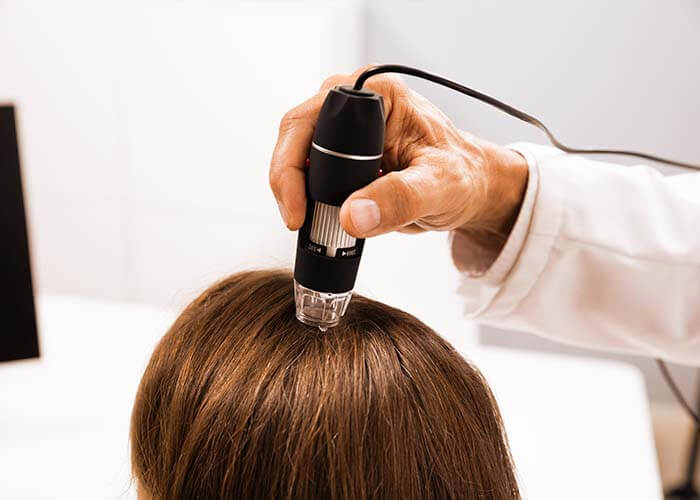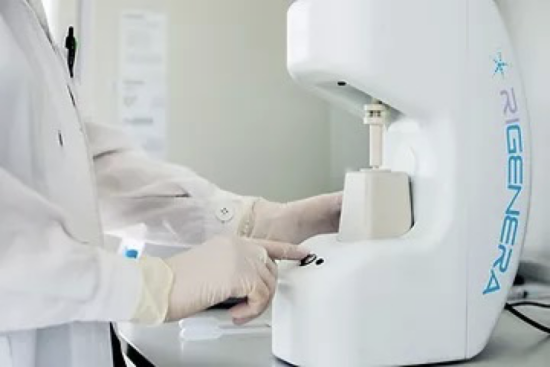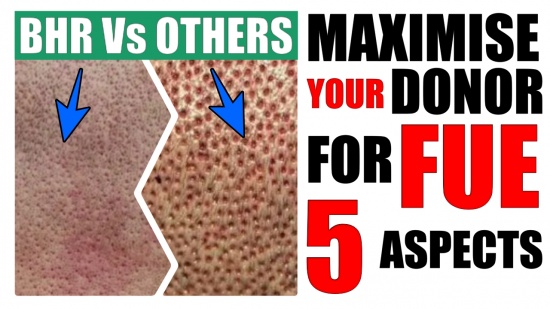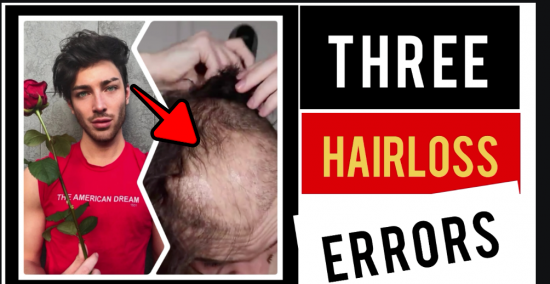Effective treatments for hair loss range from medicinal to surgical. FDA-approved medications such as minoxidil (commonly know by brand names such as Rogaine/Regain) and finasteride (commonly know by brand name Propecia) can provide an effective treatment against hair loss. Minoxidil was typically a topical solution that helps follicular stabilisation and oftentimes regrowth but is only effective in approximately 60% of patients.
These types of medications are treatments and not solutions, meaning that any results achieved through medication will stop and actually reverse when discontinuing the medication.
Minoxidil – Stimulates blood flow and nutritional support to hair follicles. In most men, it reduces hair loss and strengthens hair shafts. Minoxidil was typically a topical solution that helps follicular stabilisation and oftentimes regrowth but is only effective in approximately 60% of patients. It is dispensed as a lotion or foam that is applied to the scalp twice daily. A more recent option is presented through the availability of oral minoxidil which has shown very impressive result.
Finasteride – Finasteride is successful in stabilising hair loss by inhibiting the production of 5α-Reductase, an enzyme that converts testosterone into DHT (dihydrotestosterone). DHT is the primary hormone that causes hair loss in men. More commonly take in its oral form, Finasteride is now available as a topical solution that is applied once daily directly to the scalp. The advantage of this is that the medication is restricted to a more local absorption.
Hair Transplant – More appealing than alternative treatments because when performed correctly, it is a permanent, undetectable and most importantly provides a natural solution to hair loss. The redistribution of donor hair, to the recipient area, which will then grow as if it were in its original location.
There are two recognised techniques – Follicular Unit Transaction (FUT, also know as strip), and Follicular Unit Extraction (FUE). FUE also includes the use of body hair in restoration procedures. The significant difference between FUE and FUT is how the follicular units are harvested from the donor area.
In particular cases, both procedures are combined to maximise the amount of grafts that can be harvested to allow for a larger restoration when appropriate.



